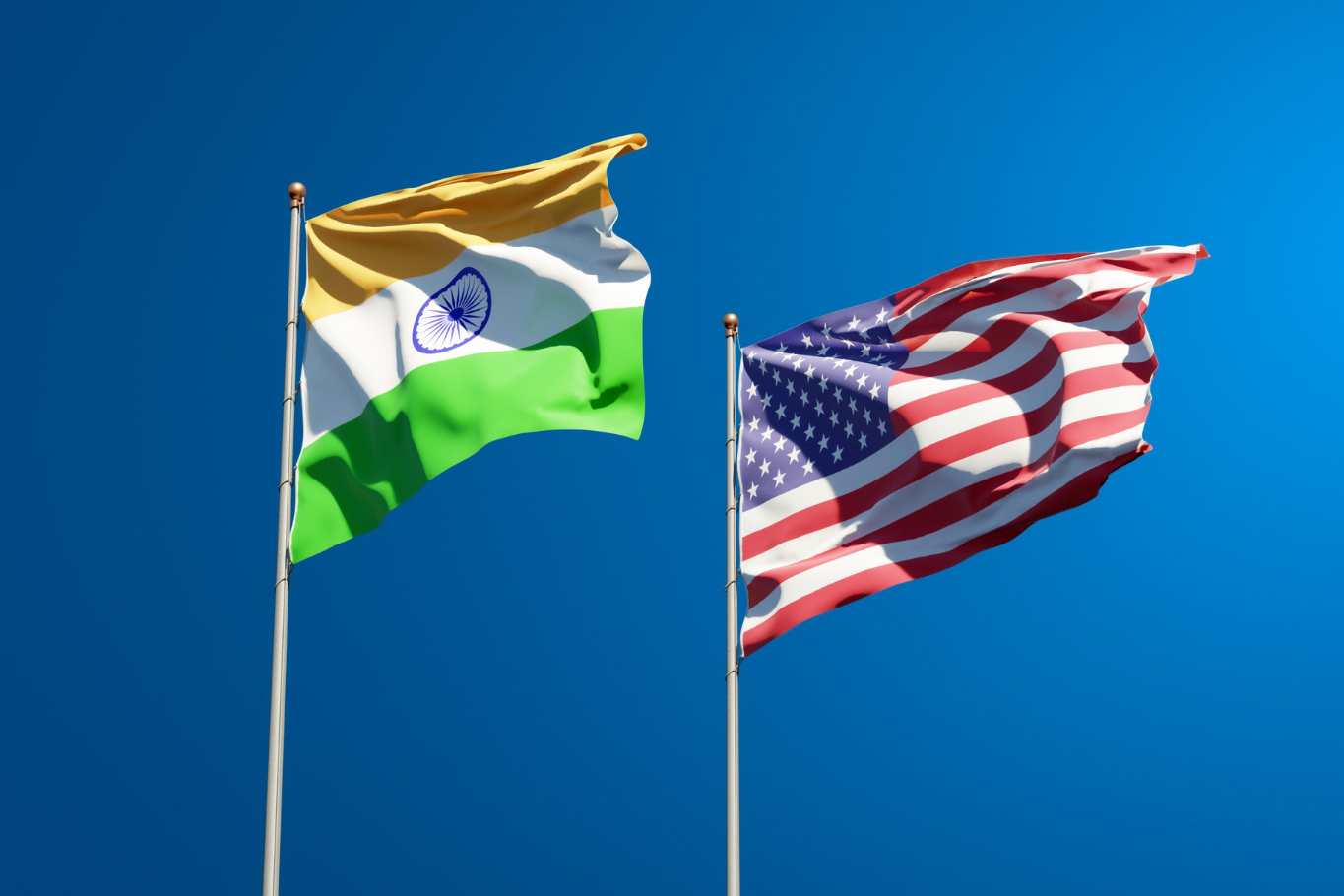
US Secretary of State Antony Blinken and Secretary of Defense Lloyd Austin have detailed the Biden administration’s Indo-Pacific strategy as a complex network of bilateral and multilateral relationships. They emphasized that the US and India are working together across various sectors, including Artificial Intelligence and semiconductors, which will play a significant role in shaping the future. This collaboration also extends to their roles as members of the Quad.
Blinken and Austin highlighted that President Joe Biden’s transformation of the US Indo-Pacific strategy and the positive results it has produced are among the “most important and least-told stories of the foreign policy strategy advanced by President Biden and Vice President Harris.”
The Op-ed was published shortly after the eighth ministerial meeting of the Quad in Tokyo on July 29. The Biden administration has redefined the traditional hub-and-spoke relationships that the US maintained with Indo-Pacific nations. The goal was not only to strengthen bilateral relationships in Asia but also to bring these partners together in innovative and collaborative ways.
Several key initiatives of the Biden administration were noted, such as elevating the Quad to a summit level, launching AUKUS—a security partnership between Australia, the UK, and the US—and organizing three-way summits, including one with South Korea and Japan, and another with Japan and the Philippines. These efforts represent significant shifts in the US’s regional engagement.
The officials wrote that the Quad—a regional grouping of Australia, India, Japan, and the US—was elevated to deliver hundreds of millions of lifesaving coronavirus vaccines, mobilize millions of dollars in digital infrastructure investments, and advance the global clean energy transition. They also mentioned the Indo-Pacific Economic Forum (IPEF), which includes India among its 13 members, as part of this strategic initiative.
In addition to these multilateral efforts, the Biden administration has also strengthened bilateral ties, particularly with India. The US and India are making joint investments across sectors that will shape the future—from semiconductors to artificial intelligence to clean energy, as part of the US-India initiative on Critical and Emerging Technology (iCET). US National Security Adviser Jake Sullivan visited India in June for a second round of talks under this initiative with his Indian counterpart Ajit Doval.
When President Biden took office in January 2021, the Indo-Pacific region presented a significant challenge. America’s standing in this critical part of the world was at its lowest point in decades. The region was still recovering from the Covid-19 pandemic, and US allies and partners feared that the United States had become an unreliable friend. An increasingly aggressive China was capitalizing on America’s inward focus to promote its alternative vision of the world—a vision contrary to US interests.
The officials also expressed concerns about China’s aggression, particularly its actions at sea. They emphasized the collective effort to counter China’s dangerous brinkmanship in the region’s waterways, specifically referring to territorial and maritime disputes in the South China Sea. The focus remained on China’s dangerous and provocative actions at sea, with no mention of its land disputes, such as the one with India.













